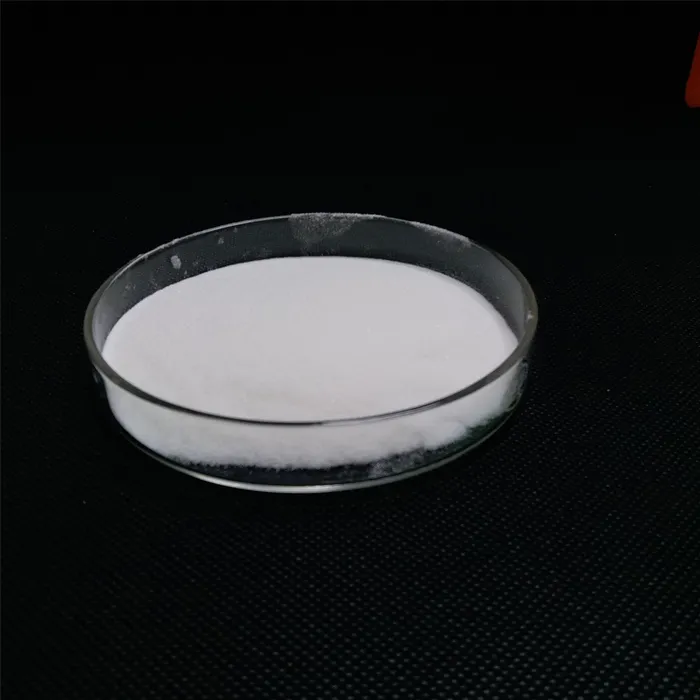Biocides for Cooling Towers Ensuring Water Quality and System Efficiency
Cooling towers are essential components in various industrial processes, including power generation, air conditioning systems, and manufacturing operations. They are responsible for dissipating heat from circulating water systems, helping to maintain operational efficiency. However, the presence of microbes, algae, and other organic materials in cooling tower water can lead to severe issues, including biofouling, reduced heat transfer efficiency, and potential health risks. To combat these challenges, the use of biocides has become a common practice in cooling tower maintenance.
Understanding Biocides
Biocides are chemical substances designed to control harmful organisms such as bacteria, algae, and fungi. They function through various mechanisms, including disrupting cellular processes, denaturing proteins, or damaging the cell membrane. Common types of biocides used in cooling towers include chlorine, bromine, ozone, and various non-oxidizing agents like quaternary ammonium compounds, isothiazolinones, and glutaraldehyde.
The Importance of Biocide Application
The application of biocides in cooling towers plays a critical role in maintaining water quality and system performance. Uncontrolled microbial growth can lead to the formation of biofilms, which are slimy layers composed of living organisms and their extracellular products. Biofilms can significantly reduce the efficiency of heat exchange processes, leading to increased energy consumption and decreased operational effectiveness.
Moreover, certain bacteria, like Legionella pneumophila, can pose severe health risks, causing diseases like Legionnaires' disease. Effective biocide application helps mitigate these risks by controlling microbial populations and ensuring compliance with health and safety regulations.
Factors Influencing Biocide Selection
Choosing the right biocide for a cooling tower involves considering several factors 1
. Water Chemistry The chemical composition of the water affects biocide performance. Factors such as pH, conductivity, and the presence of organic materials can influence the efficacy of certain biocides.biocide for cooling tower

2. Microbial Resistance Some microbes may develop resistance over time, making certain biocides less effective. Regular monitoring and rotating different types of biocides can help manage resistance.
3. Regulatory Guidelines Compliance with local and international regulations is crucial. Different regions may have specific standards for permissible biocide use, especially concerning environmental considerations.
4. Cost-Effectiveness The cost of biocide application, including purchasing, handling, and disposal, should be weighed against the potential savings from improved system performance and reduced downtime.
Application Methods
Biocides can be applied through various methods in cooling towers. Continuous dosing involves the constant addition of biocides to the water system to maintain effective concentrations. Alternatively, shock dosing involves administering a higher concentration of biocide at regular intervals to control sudden outbreaks of microbial growth. The choice between these methods depends on the specific operational needs and microbial challenges faced by the cooling tower.
Monitoring and Safety Considerations
To ensure the effective use of biocides, regular monitoring of microbial levels and water quality is essential. Advanced monitoring systems can provide real-time data on microbial populations, allowing for timely adjustments to biocide application rates. Furthermore, safety precautions must be taken when handling biocides, as they can be hazardous to human health and the environment. Proper training for personnel and adherence to safety protocols are vital for minimizing risks.
Conclusion
In summary, biocides are a crucial tool for maintaining water quality and operational efficiency in cooling towers. By effectively controlling microbial growth, these substances help prevent issues such as biofouling and system inefficiencies, ultimately protecting both human health and operational integrity. However, the selection and application of biocides must be approached thoughtfully, taking into account various factors such as water chemistry, microbial resistance, regulatory guidelines, and safety protocols. With proper management, biocides can significantly contribute to the long-term success of cooling tower operations, ensuring they remain reliable and efficient in their critical roles across various industrial applications.

